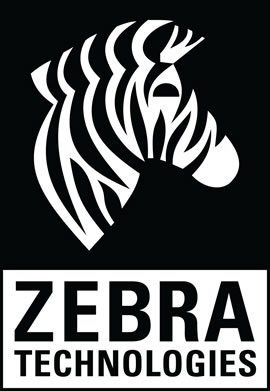As advances in information technology – and more recently, in mobile connectivity – produce evermore-informed consumers, pricing strategies have, of necessity, become increasingly aggressive. With retailers vying to retain the title of “the store that offers the greatest value,” pricing strategies have evolved from among the more static aspects of retail merchandising into among its most dynamic. Zebra Technologies’ white paper, Retail Re-pricing: Mobile Printing Enables Fast, Efficient Price Changes, explores this critical aspect of retail management, suggesting proven strategies for staying ahead in the fast-paced retail market.
While pricing strategy has become a remarkably sophisticated science, the effectiveness of even the most astute strategy depends largely on the timeliness and accuracy of its implementation. As the Zebra paper notes, changing shelf-tag pricing without accurately and simultaneously reflecting that change at the checkout register is to invite customer ire and even legal action. Posting a price reduction in the checkout systems without reflecting it on the shelf tag wastes valuable sales opportunities.
The Zebra paper asks and answers the question, “Which sells more at the best margins – end-of-season sales or regular markdowns?” and lists four typical strategies that drive price changes, as follows:
• Everyday Low Price: A perpetual strategy of adjusting prices to remain the “price leader.”
• End-of-Season and Special Event Sales: Targeting consumers who predictably increase their shopping activity during specific periods.
• Regional Pricing: A strategy that is especially sensitive to variations in buyer behavior by discernible region.
• Price Optimization: Price-management software powered by sophisticated algorithms aid in optimization of pricing.
What these variable-pricing strategies have most in common is that each challenges managers to implement price changes with optimum speed and accuracy, and wireless mobile printing – the ability to create accurate labels “right in the aisles” – represents the fastest, most-accurate option available to modern retailers.
Beyond speed and accuracy, the greater efficiency of mobile wireless printing yields significant labor savings – savings of up to 40 percent as documented in actual applications. One such real-world application is the experience reported by Western European and Russian apparel retailer, Topshop, which first implemented wireless mobile printing in its Moscow trade center. The labor-maximizing efficiency of its new wireless mobile printing systems freed its floor team to focus more on customers, translating to higher sales margins, profits and customer satisfaction.
Zebra Technologies’ white paper covers the foregoing in far greater detail and is well worth the investment of your time. If you are in retail and want to get the most out of your pricing strategy, I recommend it highly.














